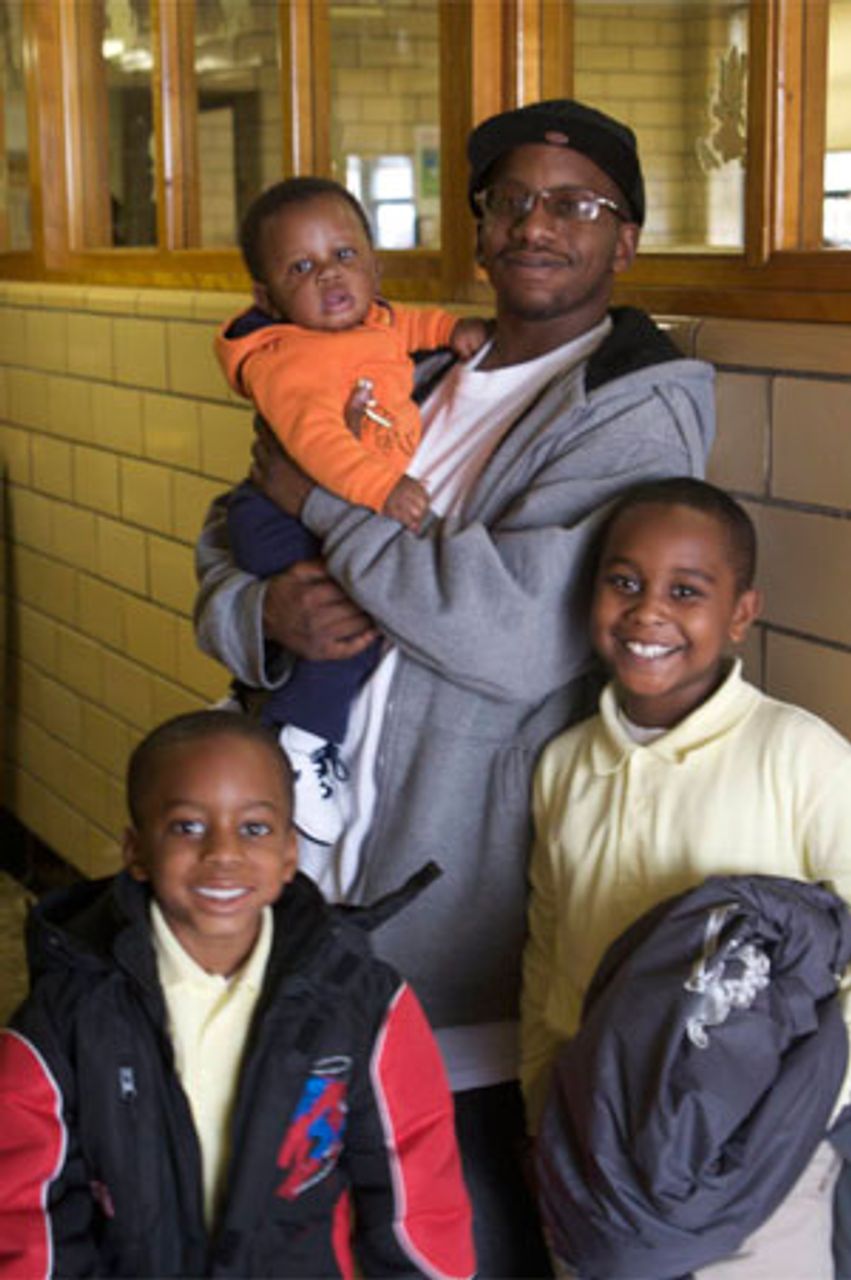People lined up at treatment centers throughout the country this week to receive swine flu immunizations. Amid a shortage of flu vaccine, regional plans had to be scrapped and local responses quickly constructed, according to treatment supervisors.
Hundreds of people lined up at Macomb County’s first flu clinic at a park in Sterling Heights, Michigan, on October 28, gridlocking traffic and prompting the dispatch of nearly a dozen police officers.
Michael Parent, the Macomb County Health Department’s director of family health services said that the shortage of vaccine was causing severe disruptions.
“We planned far in advance in order to be adequately prepared, but didn’t get what we had anticipated in terms of supplies,” he told the WSWS. “We collaborated with the school system to set up multiple distribution sites, but had to cancel those when the vaccines weren’t delivered. We’re using what we have and are trying to get vaccines out to private physicians in the area, to cover as many people as possible.”
Parent noted that that the large turnout at distribution events was related to the large number of people without insurance or regular family doctors. “There are limitations of care. That’s why we have these distributions, for those without a ‘medical home,’ so to speak.”
He stressed the national character of the problem, saying, “Counties and agencies around the country have had the experience of not having vaccines delivered as they expected.”
 Daniel Sterling and his family
Daniel Sterling and his familyLess than half of the doses that were to be made available this month are ready. As of last week, 13 million doses were delivered to doctors, far fewer than the 28 to 30 million doses that were supposed to be ready by the end of the month. “We are nowhere near where we thought we’d be by now,” said CDC Director Thomas Frieden last week.
On Monday, Detroit residents lined up at a public health clinic, with a line forming hours before the clinic was set to open. “We’ve been waiting for two hours to get everybody vaccinated,” said Daniel Sterling, who came with his family. “The kids had to miss school, and we had to take off work.”
Michael McElrath, publicist for the Detroit Department of Public Health, said the city received 9,000 doses of the H1N1 vaccine. “We have dispensed doses to 500 residents so far,” stated McElrath. “Primarily we are targeting pregnant women, children younger than 6 and children with underlying conditions.”
He said that there are not enough doses for everyone who would benefit to get vaccinated. “We don’t want to turn people away, but because of the limited supply we have to target the most vulnerable people,” he said.
In areas where limited amounts of vaccine were made available, adults who were neither pregnant, health workers, nor lived with children were turned away. Large numbers of people afraid that they would not get access to the vaccine lined up hours before clinics were scheduled to open throughout the country.
Priorities for vaccination vary from county to county. “There’s a lot of confusion and inconsistencies with each local health department deciding who gets what,” Dr. Tom Petroff, H1N1 coordinator for the McLaren Health System, told the Detroit Free Press.
There are multiple forms of the vaccine, with an “activated,” nasal spray version available for healthy adults and an injectable, inactivated version for pregnant women, infants, and people with severe health problems. Health workers at the Sterling Heights clinic distributed the intranasal version, while the Detroit clinic gave the injectable version.
Some states and regions have begun in-school vaccinations for children, while others, including Macomb County, have had to scrap these plans and set up ad-hoc clinics. The rules for receiving vaccination are also far from uniform, with certain states focusing on healthcare workers while others prioritize vaccinating children.
Washtenaw County in Southeast Michigan, meanwhile, had to cancel its planned vaccination clinics at local schools after hundreds of people lined up at the first event. The county announced last week that it received just 30 percent of the vaccine it had expected to get, and that it would subsequently tighten the criteria for getting vaccinated.
The CDC said Friday that as many as 5.7 million people were infected with swine flu earlier in the year, revising earlier estimates sharply upwards. The organization said, during the first four months of the pandemic, 107 people per 100,000 aged 65 and older were infected. For people aged 5 to 24 years, that figure shoots up drastically, to 2,196 per 100,000.
The Centers for Disease Control (CDC) said Friday that doctors visits for flu symptoms have increased in recent weeks. “We were getting about 70 patients a day. Now it’s closer to 100,” said Olga, a physician assistant at a Delaware walk-in clinic.
“People are really panicked. They get sick, go the hospital, and have to wait for hours in the emergency room because everyone else is doing the same thing, and the staff is overwhelmed.”
“There hasn’t been any sort of systematic response, and people are scared,” she said. “Why can’t somebody just coordinate this?”
